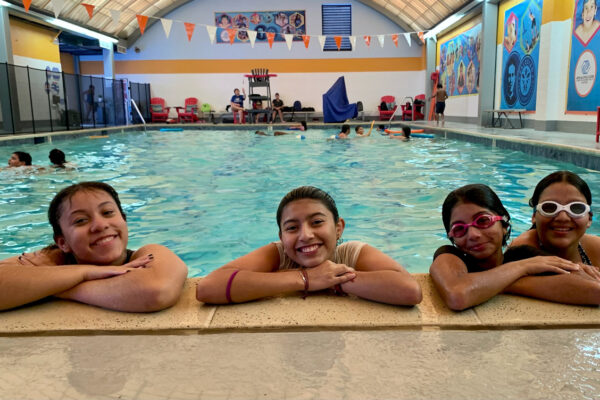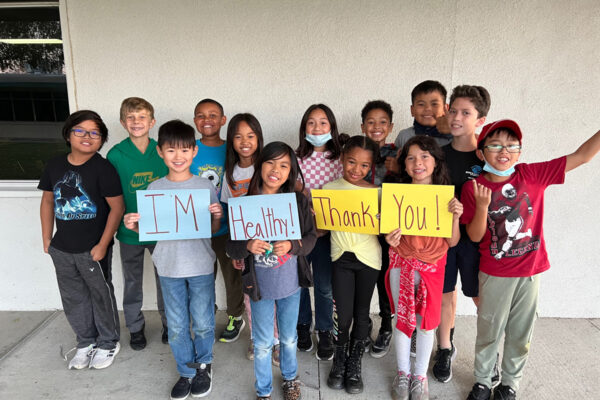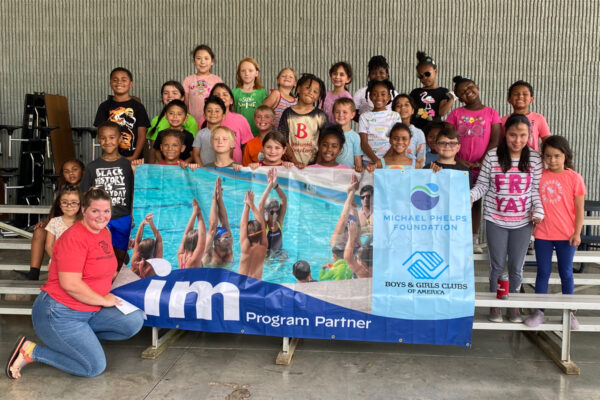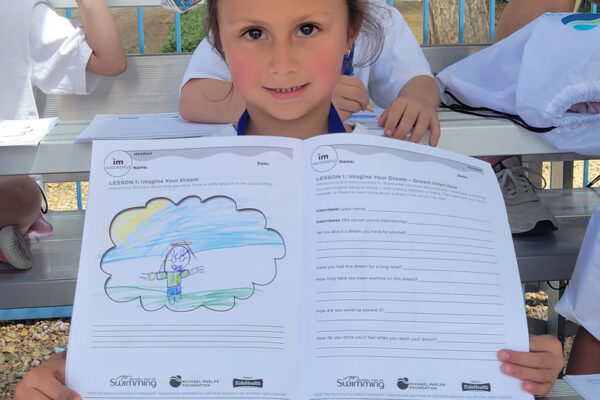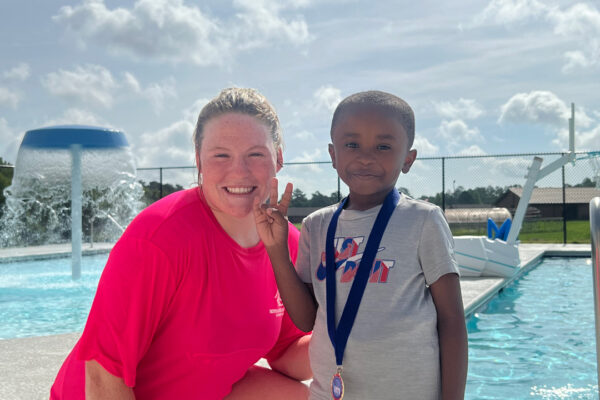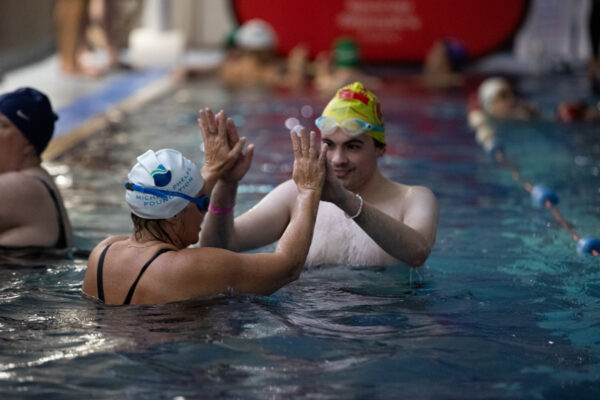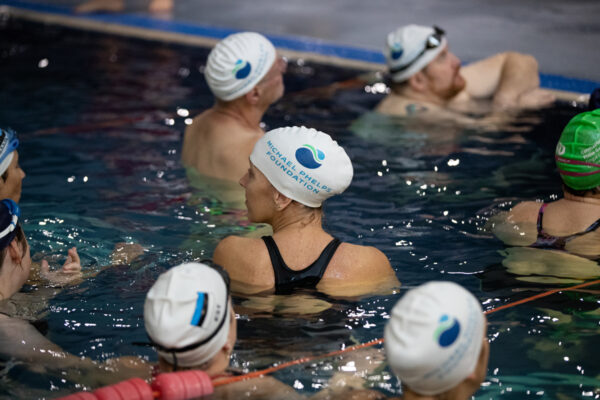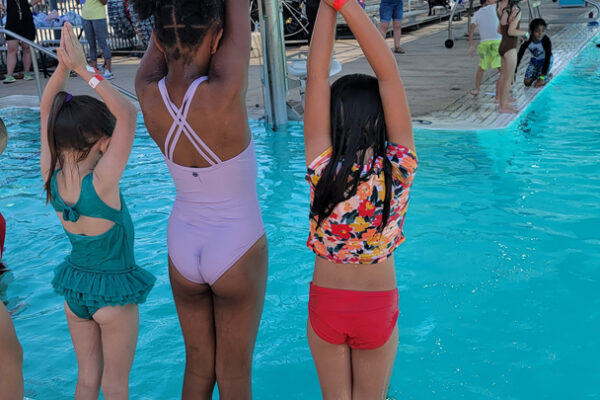Water Safety Starts Here
Simple. Critical.
Mandatory.
Every time a child is near a pool, a lake, or any other body of water, there’s an opportunity to teach water safety. It’s important that all of us understand the basics of water safety. Adults must always stay alert around water and watch out for children or other adults who cannot swim. Everyone must be taught life-saving skills early on.
Water safety is simple, critical, and mandatory. It’s both sad and unacceptable that drowning is the leading cause of unintentional injury death worldwide. This disturbing fact, makes water safety a focal point of our work at the Michael Phelps Foundation.
ABC’S of Water Safety for Adults
– Teach your children never to get in the pool without an adult present.
– Put your cell phone away.
– Stay engaged and attentive with your child at all times.
– Always remain within arm’s reach of young swimmers.
– At public pools, make sure a certified lifeguard is on duty.
– Assign a water watcher: choose one adult to be responsible for watching the kids in the water. Take turns and communicate who’s on duty.
– Every pool should be enclosed with a secure barrier.
– Always keep the pool gate or door closed to prevent unsupervised access.
– If you have a backyard pool, check that the barrier is sturdy and that your drains meet VGB compliance.
– At public pools, take note of the designated swim areas and barriers and only swim where it’s allowed.
– Remove any furniture or objects near the fence that a child could climb onto to get over.
– Make sure doggie doors do not lead into the pool area, as children could crawl through them.
– Sign your children up for swim lessons that focus on building comfort and confidence in the water. Swimmers need to understand buoyancy and balance to feel secure. This is important for them to be able to respond effectively to unexpected situations.
– Consider taking some swimming classes to brush up on your swimming skills.
– Take a CPR class, it’s a vital skill that could save a life in an emergency.
The 1, 2, 3’s of Water Safety for Children
– Always swim with your parents or another trusted adult.
– Let your parent or guardian know when you’re going into the water.
– Get familiar with where the lifeguards are.
– Pay attention to the lifeguard’s instructions and follow their guidance.
– Know where the lifeguard is.
– Know where the shallow end is and where the deep end starts.
– Never run around the pool. Slippery surfaces can lead to accidents.
– Do not push anyone in the water.
– Do not jump or dive in the shallow water.
– Look before you leap. Make sure other swimmers are out of the way before you jump in.
– Listen to your instructor and follow directions.
– Trust your instructor.
– Don’t be afraid to try new things and challenge yourself.
– Practice blowing bubbles to build comfort in the water.
– Learn to float on your stomach and back.
– Master the basics of kicking to propel yourself forward.
– Focus on learning how to breathe properly while swimming.
– Get the hang of moving your arms to swim more efficiently.
– Remember the 1, 2, 3’s of water safety to stay safe and confident in the water.

